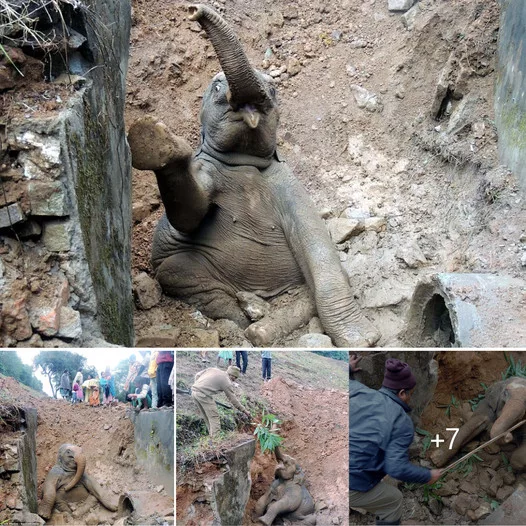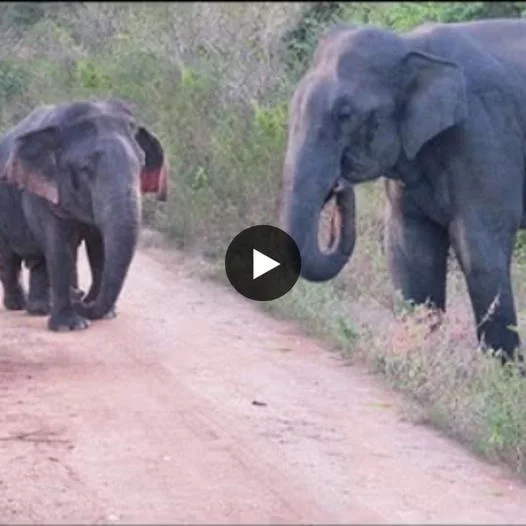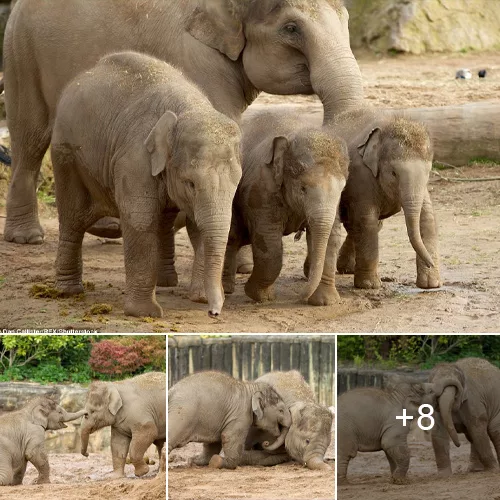In the chronicles of prehistory, the Neanderthals emerge as a fascinating enigma, offering us glimpses into the lives of ancient humans who shared the Earth with remarkable megafauna. Recent research has unveiled a captivating revelation about these early humans – their role as adept hunters of colossal prehistoric elephants, an insight that reshapes our understanding of their capabilities and survival strategies.
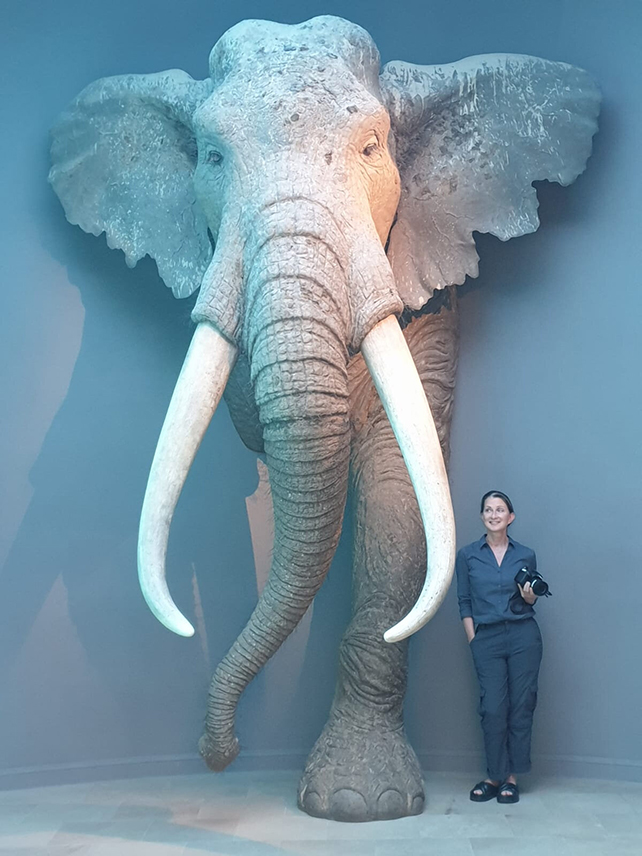
For generations, Neanderthals have been portrayed as primitive and brutish, a stereotype that research continues to challenge. The study’s findings provide a fresh perspective on their hunting prowess and their intimate knowledge of the ecosystems in which they thrived. These ancient humans, often dismissed as mere scavengers, emerge as skilled and strategic hunters who navigated the challenges of their environment with a level of sophistication previously unrecognized.
The research casts a spotlight on the mammoth and mastodon, giants of the prehistoric world that roamed the landscape alongside the Neanderthals. These megafauna presented an incredible challenge and opportunity for survival. The Neanderthals’ ability to successfully hunt and exploit these colossal creatures speaks to their deep understanding of animal behavior, migration patterns, and the environment’s intricacies.
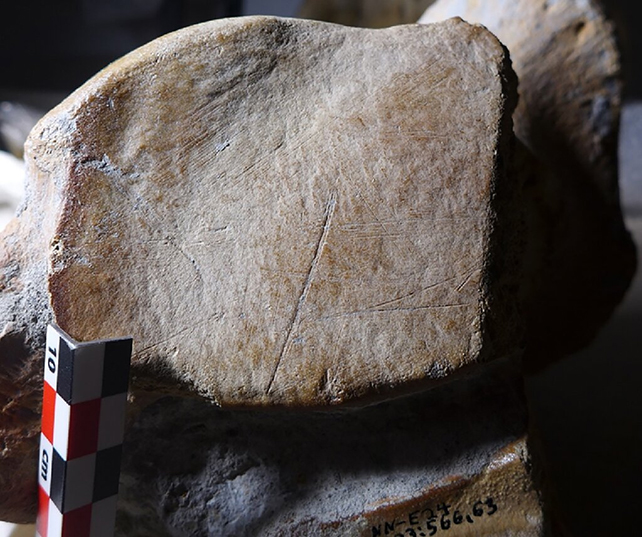
Archeological evidence reveals the complex techniques employed by Neanderthal hunters. Sophisticated tools, including spears designed for thrusting and precision, have been unearthedaongside the remains of the ancient prey. These implements showcase the Neanderthals’ ingenuity in developing weaponry tailored to their specific needs – a testament to their adaptability and resourcefulness.
The prehistoric landscape was fraught with risks, demanding a unique set of skills for survival. The Neanderthals’ ability to hunt mammoths and mastodons speaks volumes about their intricate knowledge of animal anatomy and the optimal strategies for bringing down such formidable creatures. These skills likely required a blend of teamwork, strategy, and an inherent understanding of their surroundings.
Beyond their hunting prowess, the study hints at the complexity of Neanderthal societies. The sharing of knowledge, experience, and techniques across generations suggests a social structure that extended beyond immediate family units. This social cohesion played a pivotal role in the successful hunting of massive game, allowing for the efficient transmission of knowledge and skills that contributed to their survival.
In rewriting the narrative of Neanderthals as proficient hunters of prehistoric giant elephants, the research opens a window into the remarkable capabilities of these ancient humans. It underscores their deep connection with the natural world, their resourcefulness in navigating its challenges, and their role as integral components of an ecosystem that they both depended upon and shaped.
This newfound understanding challenges us to reevaluate our perceptions of our distant ancestors. The Neanderthals emerge as guardians of a delicate balance, intricately linked to their environment, and demonstrating a level of adaptability and intelligence that has long gone unrecognized. Their ability to not only survive but thrive alongside creatures as imposing as giant elephants leaves an indelible mark on our understanding of the human journey through time.
As research continues to peel back the layers of history, the Neanderthals’ role as skilled hunters of prehistoric giant elephants becomes a testament to the intricate dance between humans and the natural world. This revelation serves as a reminder of the interconnectedness that has shaped our evolution and the untold stories that lie hidden within the depths of time.

